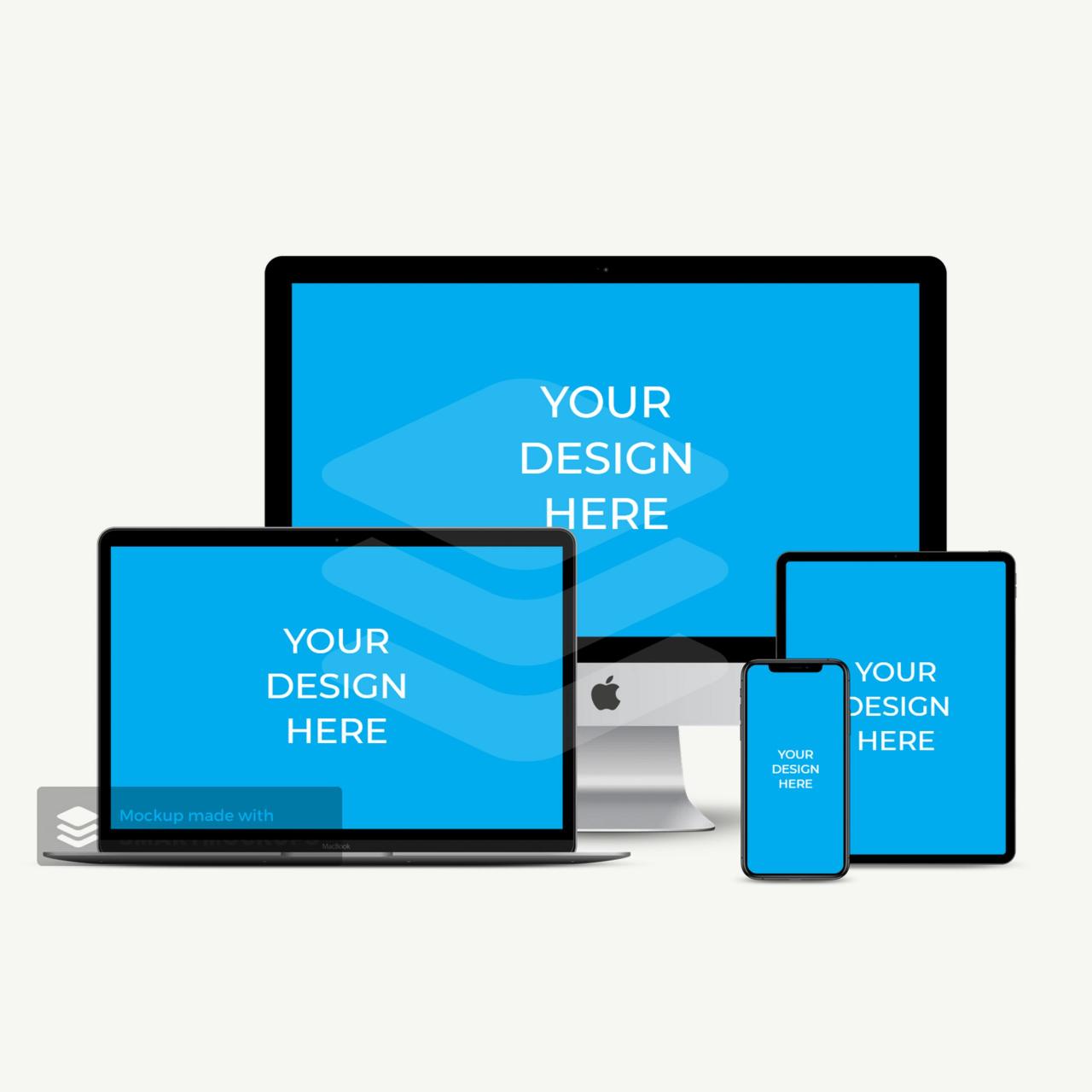Smart Mockups: A Comprehensive Guide to Revolutionizing Your Design Process
In today’s competitive design landscape, the ability to showcase ideas effectively is paramount. Smart mockups have emerged as a game-changer, empowering designers to present their concepts with striking realism and unparalleled ease. This comprehensive guide delves into the world of smart mockups, exploring their capabilities, benefits, and best practices to help you elevate your design presentations.
What are Smart Mockups?
Smart mockups are digital templates that enable designers to seamlessly integrate their designs into various real-world scenarios. They offer a multitude of customization options, allowing you to adjust lighting, shadows, backgrounds, and other elements to create highly realistic representations of your designs.
Benefits of Using Smart Mockups:
-
Enhanced Presentation: Smart mockups present your designs in a visually compelling manner, allowing clients and stakeholders to envision them in context. This enhances communication and reduces misinterpretations, leading to more informed decision-making.
-
Time-Saving: Creating traditional mockups can be a time-consuming and laborious process. Smart mockups streamline this process significantly, allowing you to quickly experiment with different design variations and showcase your ideas.
-
Versatility: Smart mockups are incredibly versatile and can be used to showcase designs for a wide range of products and platforms, including websites, apps, packaging, and print materials.
-
Cost-Effectiveness: Unlike traditional mockups, smart mockups eliminate the need for expensive photography sessions and physical prototypes. This makes them a cost-effective solution for designers of all levels.
Types of Smart Mockups:
-
Device Mockups: These mockups enable you to showcase your designs on various devices such as smartphones, tablets, and laptops. They are ideal for presenting UI/UX designs, app prototypes, and website layouts.
-
Packaging Mockups: Packaging mockups allow you to create realistic representations of your product packaging, including boxes, bags, and labels. They are crucial for showcasing product designs, branding elements, and marketing materials.
-
Print Mockups: Print mockups are suitable for displaying designs intended for print production, such as brochures, flyers, and posters. They provide a realistic preview of how your designs will look on different paper stocks and finishes.
-
Social Media Mockups: These mockups are specifically designed to showcase your designs within social media platforms. They allow you to visualize how your content will appear on various social media feeds.
How to Create Effective Smart Mockups:
-
Choose a High-Quality Smart Mockup: Selecting a high-quality smart mockup is essential for creating realistic and visually appealing presentations. Look for mockups with high resolution, customizable elements, and realistic textures.
-
Use Realistic Designs: Integrate your designs into the smart mockup seamlessly by using high-quality images and graphics. Pay attention to scale, proportions, and lighting to ensure that your designs are presented in a credible manner.
-
Customize the Mockup: Make the smart mockup your own by customizing the background, lighting, shadows, and other elements. This allows you to tailor the presentation to match your branding and design style.
-
Consider the Context: Think about the context in which your designs will be used. Choose a smart mockup that reflects the intended environment, such as a website, office setting, or social media feed.
Best Practices for Using Smart Mockups:
-
Use Smart Libraries: Leverage smart libraries to organize and manage your mockups, making it easy to reuse them for future projects.
-
Collaborate with Others: Share your smart mockups with colleagues and clients for feedback and collaboration. This fosters a collaborative design process.
-
Explore Advanced Features: Explore advanced features offered by some smart mockup tools, such as 3D rendering and animation. These features can add extra depth and realism to your presentations.
FAQ:
Q: What software do I need to use smart mockups?
A: There are various smart mockup tools available, both online and offline. Some popular options include Placeit, Smartmockups, and Mockup World.
Q: Can I create my own smart mockups?
A: Yes, you can create your own smart mockups using software such as Adobe Photoshop or Illustrator. However, this requires advanced technical skills.
Q: What is the difference between a smart mockup and a template?
A: Smart mockups are more advanced than templates as they allow for real-time customization and the integration of your own designs. Templates, on the other hand, are static and offer limited editing capabilities.
Q: How much do smart mockups cost?
A: The cost of smart mockups varies depending on the tool and subscription plan you choose. Some platforms offer free basic plans, while premium plans with more features come at a cost.
Q: Can I use smart mockups for commercial purposes?
A: Most smart mockup tools allow you to use the mockups for commercial purposes. However, it is important to check the licensing terms of the specific tool you are using.
Conclusion:
Smart mockups have transformed the way designers showcase their ideas. By providing a simple and effective solution for creating realistic and engaging presentations, smart mockups empower designers to communicate effectively, impress clients, and accelerate their design processes. Embracing the capabilities of smart mockups can elevate your design presentations and set you apart as a professional and innovative designer.
